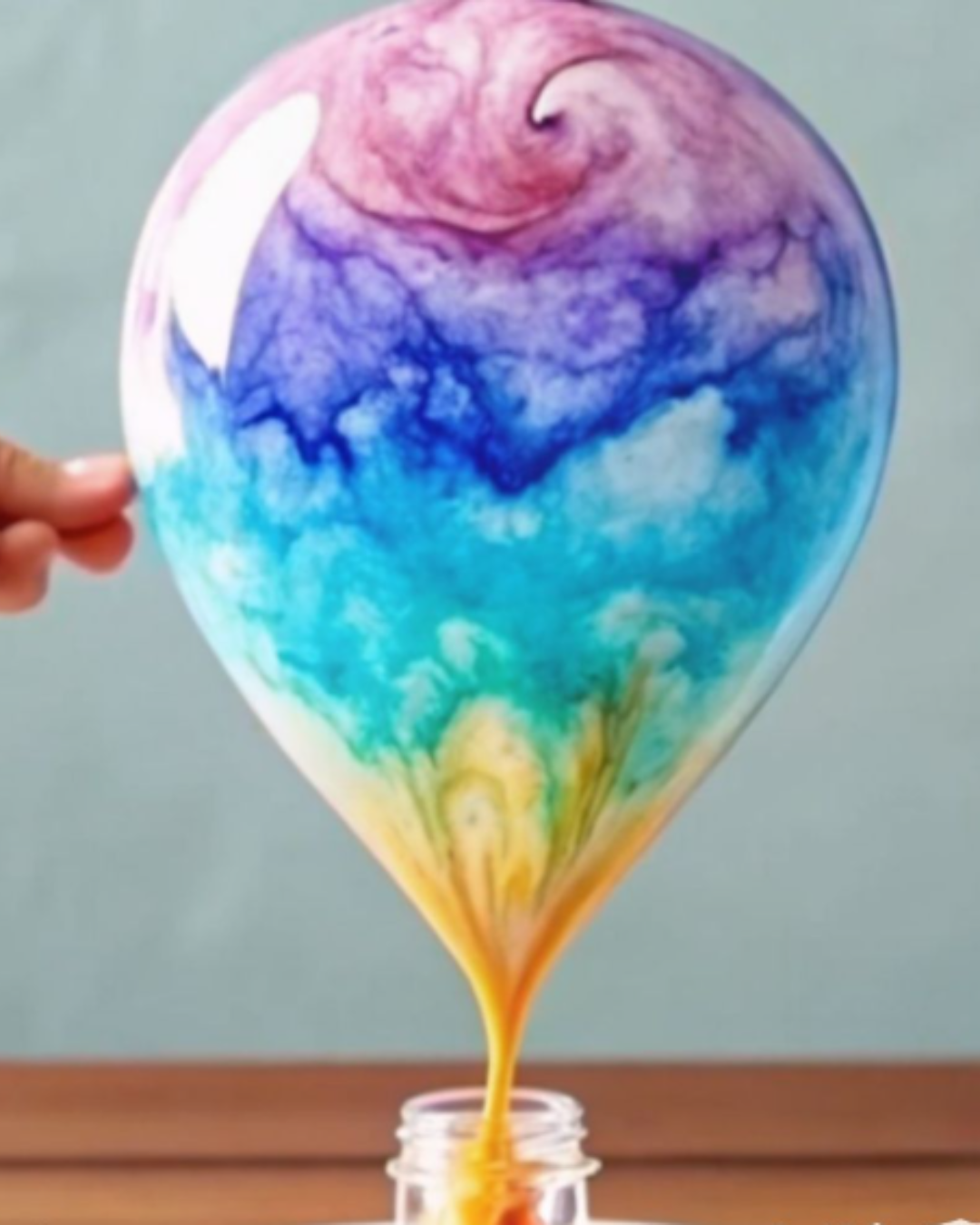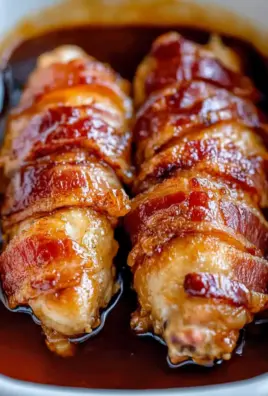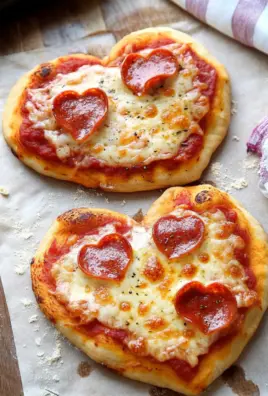How to Do the Balloon Baking Soda Experiment
🎨 What Is the Balloon Baking Soda Experiment?
The balloon baking soda experiment is a bubbly, colorful chemistry activity that turns everyday kitchen ingredients into science magic! By mixing baking soda and vinegar, you trigger a chemical reaction that produces carbon dioxide gas. That gas needs somewhere to go—so it fills up a balloon right before your eyes!

Whether you’re looking for a quick at-home activity, a hands-on classroom demo, or an exciting science fair project, this experiment is a perfect fit. It’s not only fun and engaging but also introduces kids to basic chemistry concepts in an interactive way.
💖 Why Kids (and Adults!) Will Love This Experiment
- ✨ It’s visual, bubbly, and colorful – perfect for keeping short attention spans engaged.
- 🧠 Teaches real science – introduces gas production and chemical reactions.
- ✅ Safe and simple – no heat, no mess (if done right!), and uses only household items.
- 🧪 Perfect STEM activity – combines science, observation, and a dash of creativity.
- 📚 Flexible for learning levels – great for preschoolers through middle schoolers.
🛠️ Preparation Phase: What You Need
This fizzy science experiment uses basic, safe materials you probably already have at home or in your classroom.
🧾 Supplies List
| Item | Quantity |
|---|---|
| Balloon (any color) | 1 |
| Plastic bottle (small, like a 500ml water bottle) | 1 |
| Baking soda | 2–3 tablespoons |
| White vinegar | 1/2 cup |
| Funnel (or DIY paper cone) | 1 |
| Food coloring (optional, for fun!) | A few drops |
🔍 Why Each Item Matters
- Balloon: Expands with gas to show the reaction result.
- Bottle: Holds the vinegar and contains the reaction.
- Baking Soda: The base that reacts with the vinegar.
- Vinegar: The acid that reacts with baking soda.
- Funnel: Makes transferring the baking soda into the balloon mess-free.
- Food Coloring: Makes it extra fun and adds a visual pop for multiple trials.
🧼 Preparation Tips Before You Begin
- 👕 Protect surfaces: Place materials on a tray or tablecloth to catch any fizzing overflow.
- 📏 Pre-measure ingredients: Helps avoid spills and lets kids focus on the fun.
- 🎈 Stretch the balloon a little: Makes it easier to inflate.
- 🌡️ Use room temperature vinegar: Cold vinegar slows the reaction, while warm vinegar speeds it up (try both for comparison!).
- 🧠 Talk science early: Explain what will happen—this builds excitement and learning.
📋 Step-by-Step Instructions
Here’s how to conduct the balloon baking soda experiment in 5 easy steps:
1. Add Baking Soda to the Balloon
- Insert a funnel into the mouth of the balloon.
- Pour 2–3 tablespoons of baking soda into the balloon.
- Set the balloon aside gently so the baking soda stays inside.
💡 Tip: If you don’t have a funnel, roll paper into a cone shape for a quick DIY version.
2. Prepare the Bottle
- Pour 1/2 cup of white vinegar into the bottle.
- (Optional) Add a few drops of food coloring to the vinegar for extra flair.
3. Attach the Balloon to the Bottle
- Carefully stretch the balloon’s open end over the bottle’s mouth.
- Be sure the balloon is sealed tightly so no gas can escape.
- Don’t lift the balloon yet—the baking soda should still be sitting inside the balloon.
4. Let the Reaction Begin!
- Lift the balloon upright, allowing the baking soda to fall into the vinegar.
- Stand back and watch the fizzing start as carbon dioxide gas forms.
- The balloon will begin to inflate on its own as the gas fills it.
🎉 It’s science in action—and it looks like magic!
5. Observe and Discuss
As the fizzing slows down and the balloon reaches its peak size, discuss what happened:
- The acetic acid in vinegar reacts with sodium bicarbonate in baking soda.
- This reaction produces carbon dioxide gas (CO₂).
- The gas expands and fills the balloon, demonstrating a basic chemical reaction and gas formation.
🌟 Bonus Activity Variations
Want to take it further? Try these educational twists:
- 🧪 Use warm vs. cold vinegar and see which inflates faster.
- 🎈 Test different balloon materials and sizes.
- 📝 Have kids record their hypotheses and results in a science journal.
- 📏 Measure the balloon’s diameter and chart it over time.
🍽️ Creative Serving Suggestions – Make Science Even More Fun
While you’re not serving a meal here, you’re serving up science! These ideas will help make the experiment even more engaging, especially in group settings like classrooms or parties.
🎉 Group Science Station Setup
- Set up multiple stations with different balloon colors and food coloring options.
- Let kids rotate and run their own experiments under light supervision.
- Have a whiteboard nearby to write down observations and results.
🎨 Add a Rainbow Twist
- Use various food coloring shades in different bottles.
- Label each bottle and observe if colors affect reaction perception.
- Create a full rainbow of balloons as they inflate!
🧠 Integrate STEM Learning
- Discuss chemical reactions and ask kids to draw diagrams.
- Let children hypothesize what will happen before starting.
- Encourage comparisons between warm and cold vinegar reactions.
💡 These additions not only boost fun but deepen scientific understanding.
⚠️ Common Mistakes To Avoid
Even a simple experiment can have hiccups. Here’s what to watch for:
❌ Balloon Not Inflating?
- Ensure the balloon is securely attached to the bottle.
- Make sure enough baking soda and vinegar are used.
- Don’t wait too long after setup; gas can escape if left too long before releasing the reaction.
❌ Spills or Mess?
- Always use a funnel to pour baking soda into the balloon.
- Do the experiment over a tray to catch any overflow.
- Use a wide-bottom bottle to avoid tipping.
❌ Weak Reaction?
- Avoid expired vinegar or clumped baking soda.
- Use room temperature or warm vinegar for better fizz.
- Be precise with measurements for consistent results.
❌ Gas Leaks?
- Stretch the balloon opening over the neck tightly.
- Push down slightly to make sure it’s sealed.
- Avoid damaged or overly thin balloons that may pop.
💡 Double-check setup steps for a successful and safe reaction every time.
🍱 Side Activity Recommendations: Extend the Learning
Want to go beyond just one fizzy balloon? Here are 8 fun side experiments or learning activities you can pair with this project:
1. Reaction Speed Challenge
- Use hot, warm, and cold vinegar in different bottles.
- Measure which balloon inflates fastest.
- Record results in a comparison chart.
2. Different Acids Comparison
- Try apple cider vinegar, lemon juice, or orange juice.
- Which produces the biggest balloon?
- Discuss how acidity levels may vary.
3. Math & Measurement Practice
- Measure how high each balloon inflates with a ruler or string.
- Estimate and calculate volume.
- Graph the data for a mini STEM project.
4. Color Coding Experiment
- Assign different balloon colors to each test.
- Let kids associate visual changes with different variables.
- Great for visual learners!
5. Balloon Strength Test
- Use different types of balloons: water balloons, regular, and party balloons.
- See which material inflates the most or holds the gas longer.
6. Science Journaling
- Give students a worksheet with spaces to:
- Write a hypothesis
- Sketch setup and results
- Reflect on what they learned
7. Chemical Equation Breakdown
- Introduce older kids to the reaction formula:
NaHCO₃ + CH₃COOH → CO₂ + H₂O + CH₃COONa
- Break it down into simple terms: baking soda + vinegar = gas + water + salt
8. Time-Lapse Video Creation
- Record the experiment using a smartphone.
- Speed it up to create a fun time-lapse effect.
- Let students narrate what’s happening!
📌 Each of these activities adds depth, fun, and multiple learning styles to your experiment day.
🧠 Learning Outcomes Recap
By the end of this balloon baking soda experiment and side activities, kids will have learned:
- The difference between physical and chemical changes
- The basics of acid-base reactions
- How gases behave in a closed environment
- The importance of measurement, observation, and scientific method
💡 Pro Tips for Best Results
Even though the balloon baking soda experiment is super simple, the following expert tips will make it smoother and more educational:
✅ Best Practices
- Use fresh ingredients: Old baking soda or vinegar may weaken the reaction.
- Secure the balloon tightly: Stretch it well and press it over the bottle’s lip.
- Test balloon sizes: Different sizes create different inflation levels.
- Try various funnel types: A small kitchen funnel works best for small balloons.
🔍 Add Real Science
- Encourage kids to ask why the balloon inflates.
- Draw a diagram of the setup to show where the gas goes.
- Use clear bottles to better view the reaction process.
🧠 Even the smallest variations turn this activity into a serious learning opportunity.
🧊 Storage & Reuse Tips
Although this experiment is meant for single use, here’s how to get the most out of it:
🧴 Can You Store the Materials?
- Yes! Keep:
- Baking soda sealed in a dry container.
- Vinegar stored at room temperature, away from direct light.
- Balloons in their original packaging, away from heat.
🔄 Can You Reuse the Balloons or Bottles?
- Balloon: May be reused if undamaged, but might not inflate the same way again.
- Bottle: Can be rinsed and reused, especially plastic bottles with wide necks.
🗑️ Disposal Tips
- Pour the liquid safely down the drain with water.
- Throw away the balloon in household trash.
- Recycle the bottle if it’s clean and plastic-recyclable.
🧪 The Science Behind the Fizz
Let’s break down the real science behind the fizzing magic of this experiment.
⚗️ The Chemical Reaction
When baking soda (sodium bicarbonate, NaHCO₃) reacts with vinegar (acetic acid, CH₃COOH), the following reaction occurs:
mathematicaCopierModifierNaHCO₃ + CH₃COOH → CO₂ + H₂O + CH₃COONa
💨 What Happens
- This acid-base reaction releases carbon dioxide gas (CO₂).
- That gas inflates the balloon—no blowing needed!
- The fizz you see is the visible release of gas bubbles.
🧠 STEM Concepts Introduced
- Chemical Reactions
- States of Matter (solid, liquid, gas)
- Gas Expansion
- Cause and Effect
- Scientific Observation & Hypothesis
🎓 This is real chemistry made kid-friendly. Use this moment to teach foundational science concepts through action!
❓ Frequently Asked Questions (FAQs)
Here are the most common questions people ask, based on real Google searches and “People Also Ask” data:
🟣 What is the purpose of the balloon baking soda experiment?
To demonstrate a chemical reaction between vinegar and baking soda that produces gas, which inflates the balloon.
🟡 Why does the balloon inflate without blowing?
The carbon dioxide gas produced by the reaction fills the balloon, causing it to expand.
🔵 Can I use lemon juice instead of vinegar?
Yes! Lemon juice is acidic and will also react with baking soda, though possibly with slightly less fizz.
🟢 Is it safe for preschoolers?
Yes—this is a safe, non-toxic experiment. Just provide supervision to avoid spills or mouth contact with ingredients.
🟠 Can I use any kind of balloon?
Most standard party balloons work well. Water balloons may not stretch enough.
🟤 Can I repeat the experiment with the same balloon?
You can, but the elasticity may reduce after each use, resulting in smaller inflation.
⚪ How does temperature affect the reaction?
Warmer vinegar generally creates a faster reaction because the molecules move more quickly.
🔴 Can I do this experiment outdoors?
Absolutely! It’s great for outdoor learning or science parties—plus, less cleanup indoors.
🔚 Conclusion: Why This Experiment is a Must-Do
The balloon baking soda experiment is an exciting, educational, and endlessly adaptable science activity. In just a few minutes, kids can watch real chemistry in action—turning ordinary ingredients into extraordinary learning.



Leave a Comment